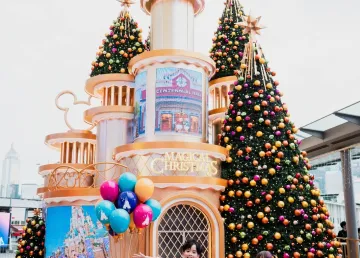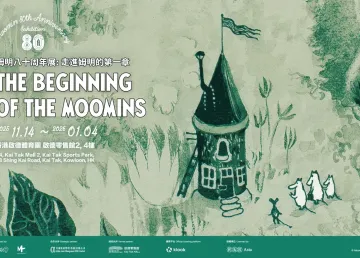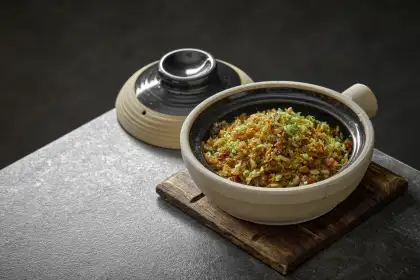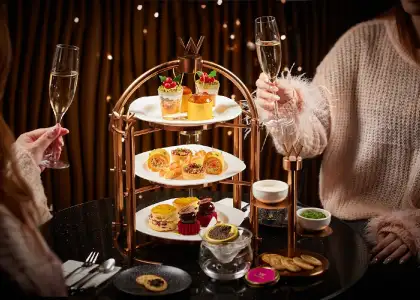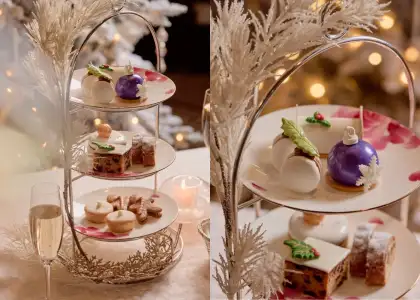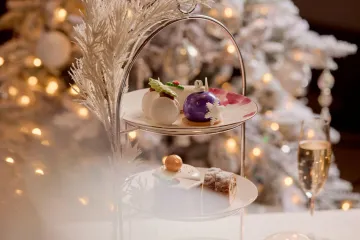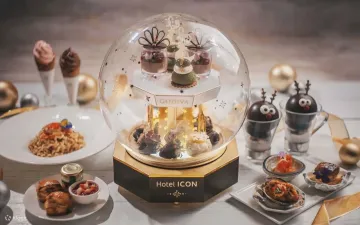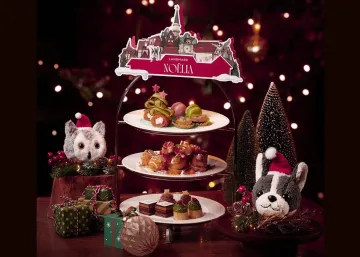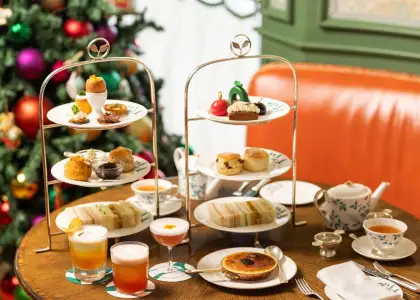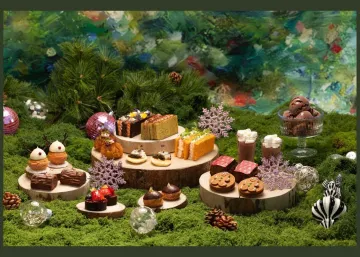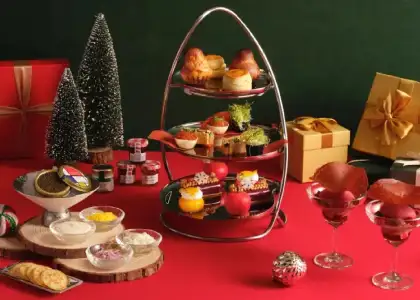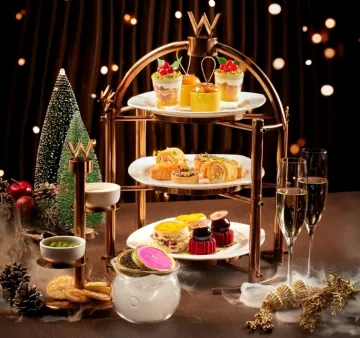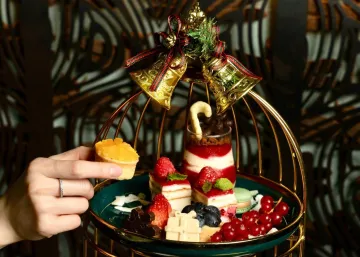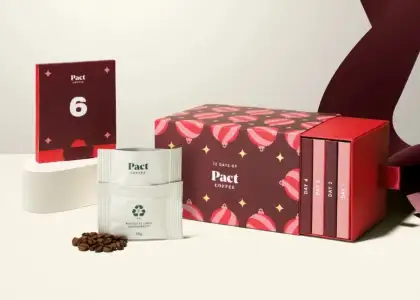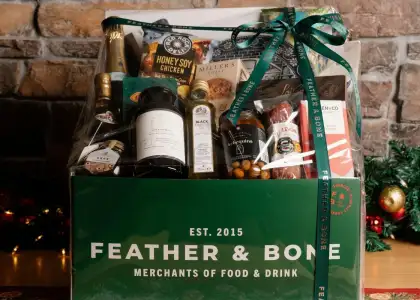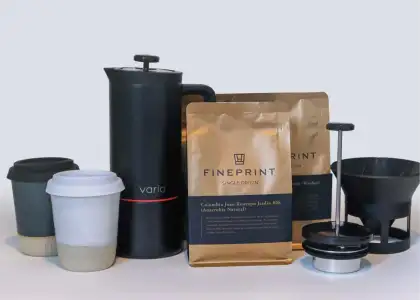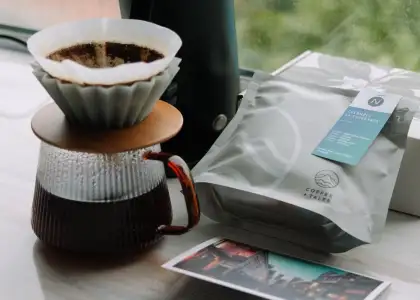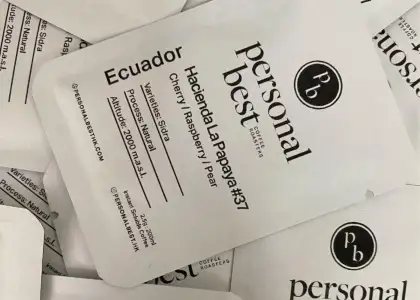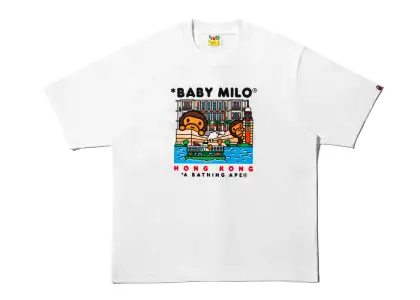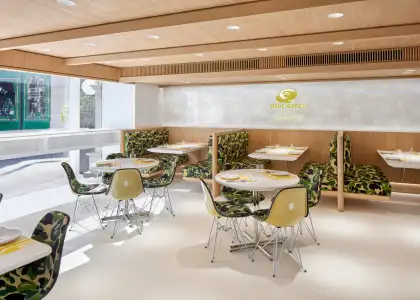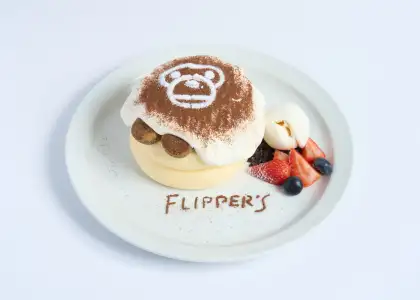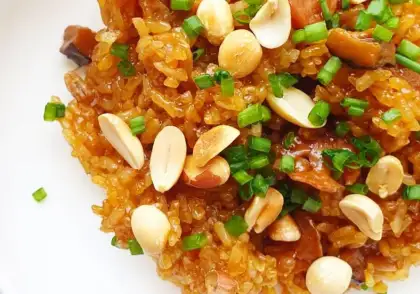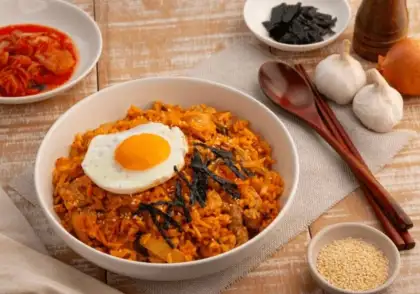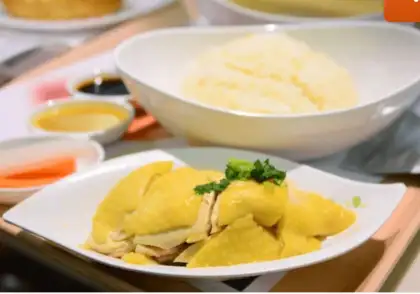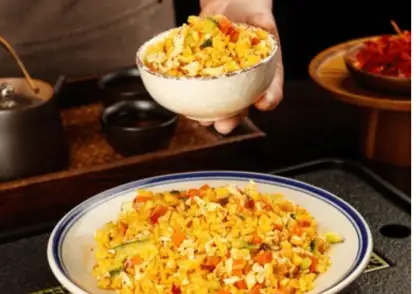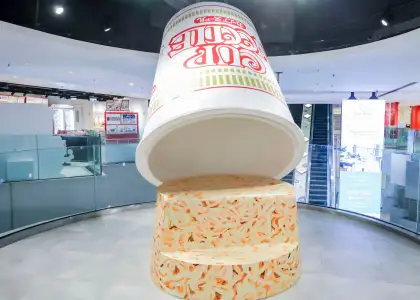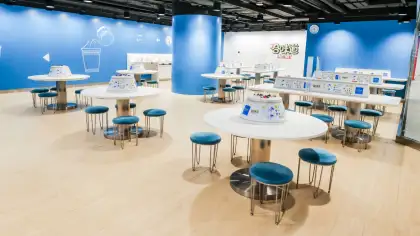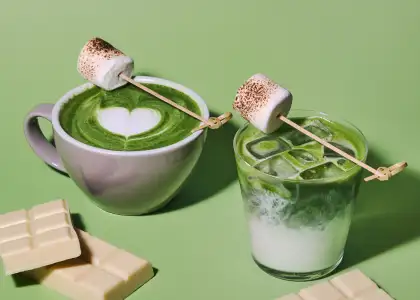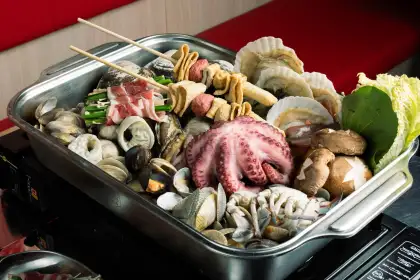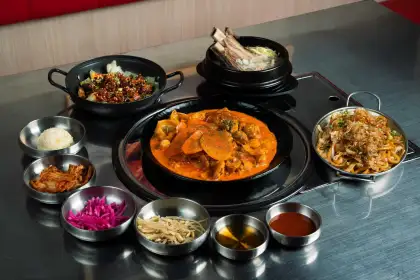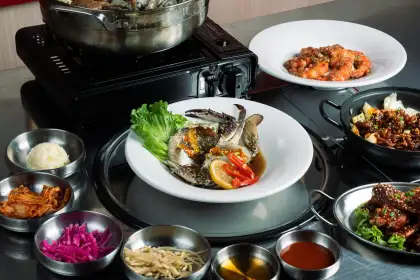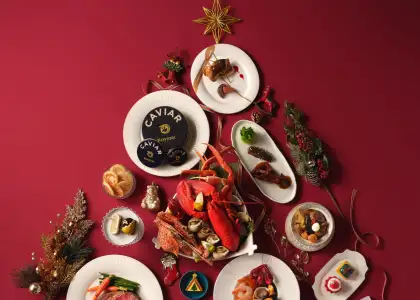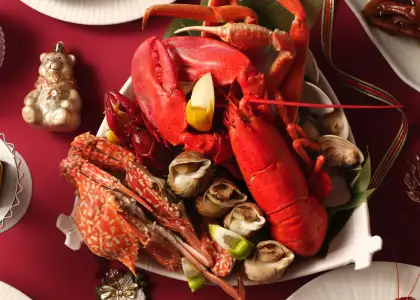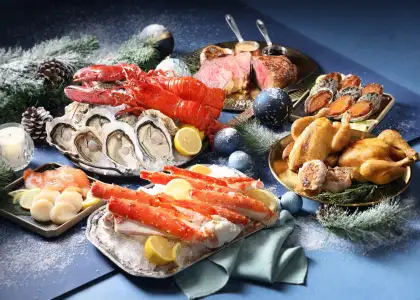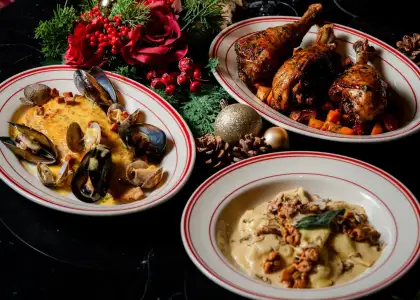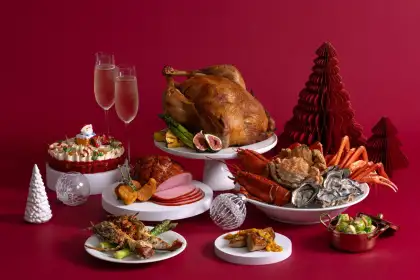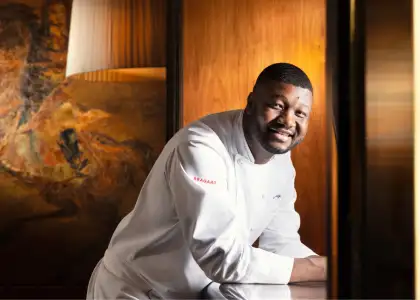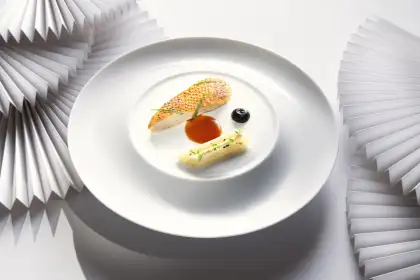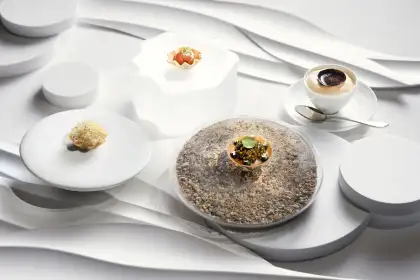Delish Sips: Kinsman’s Chinatown-Inspired Cocktails Bring Back Heritage

Bar Story
Tucked away on Peel Street in Central, Kinsman opened in 2024 with a clear mission: to put Cantonese spirits back on the map, telling Cantonese heritage through spirits and design.
Founded by lifestyle editor-turned-mixologist Gavin Yeung and hospitality group Singular Concepts, Kinsman set out to revive Hong Kong’s nearly forgotten drinking traditions.
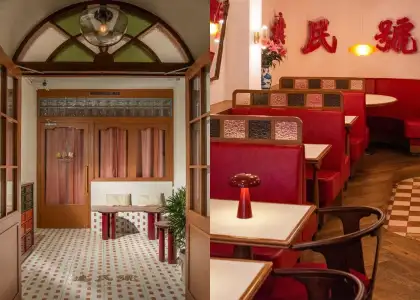
The bar’s menus are built around storytelling, each one exploring a different facet of local or Chinese drinking culture.
The latest chapter, A Tale of Chinatowns, launched in September 2025, takes inspiration from five historic Chinese enclaves around the world. It’s a theme that feels timely and ambitious, connecting Hong Kong’s heritage to the global diaspora through cocktails that are as layered as the stories behind them.
What’s the Vibe and Venue Like


The experience begins at the entrance, where patterned floor tiles, a traditional tear-off calendar, and warm wooden doors set a nostalgic tone. A ceiling fan spins slowly overhead, a subtle but deliberate nod to old Hong Kong interiors.
Inside, the space feels intimate yet polished. Red leather booths line the walls, checkerboard floors add rhythm, and mushroom-shaped lamps cast a soft glow over tables.
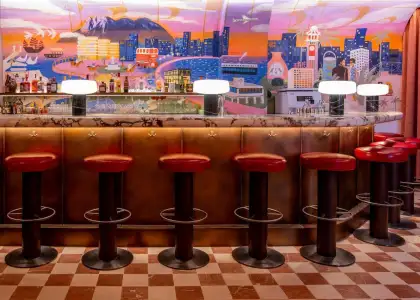
The marble-topped bar is backed by a hand-painted mural that brings the space together. It’s vibrant and striking, depicting Hong Kong’s skyline alongside cultural icons and the word “Chungking” in bold lettering — a clear nod to how director Wong Kar-wai sees Hong Kong.
Stained glass dividers, amber pendant lights, and floral arrangements add texture without clutter. Every detail feels intentional, striking a balance between heritage and modernity, and making the venue cinematic but approachable.
How Much Are Food and Drinks

Cocktails at Kinsman start around HK$120 for signature creations. Food follows a Cantonese tapas format, with small plates priced between HK$68 and HK$128, and desserts at HK$58–118.
Beyond cocktails, Kinsman offers traditional Cantonese spirits by the bottle, including Snake Wine (HK$600), Papaya Wine (HK$200), and Magnolia & Roselle (HK$1,180). For a bar in Central, the pricing feels fair given the level of craft and cultural storytelling behind each item.
What Drinks Did We Get
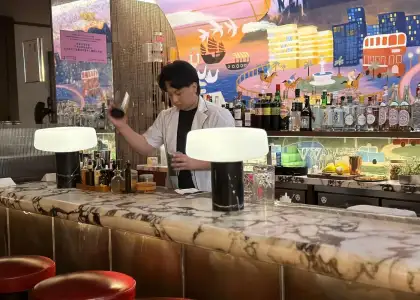
The latest menu of Kinsman, A Tale of Chinatowns, is built around five historic Chinese enclaves, with each cocktail telling a story of migration and adaptation. We tried three drinks that showcase this concept beautifully.
Heart of Gold (Bangkok; HK$120)
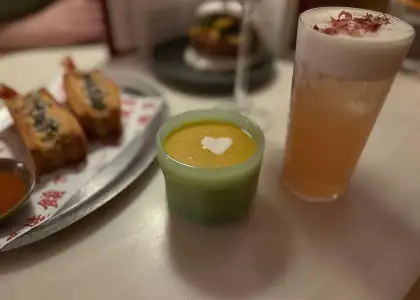
This cocktail pays homage to Thai mango sticky rice, a street-food staple in Bangkok’s Chinatown.
Served in a frosted jade-green cup with a carved mango heart on a spoon, it blends mango purée, and coconut cream for a creamy, tropical profile. It’s sweet but not cloying, with alcohol selections of baijiu and glutinous rice wine blend adding a tangy note that keeps it balanced, making it perfect for adults who want something that makes you smile and tipsy.
Miss Joaquim (Singapore; HK$130)
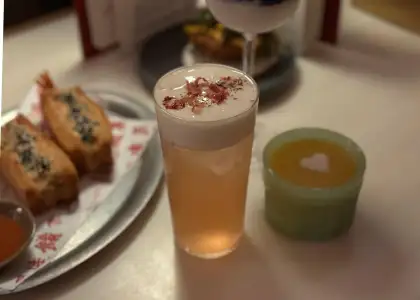
Named after Singapore’s national flower, this cocktail draws on Peranakan heritage and the nostalgia of the bandung drink.
Osmanthus wine, Mui Kwe Lu rose liquor, and gin form the base, layered with elderflower and grapefruit soda, and finished with rose tofu for a silky touch. Served tall with a frothy crown and scattered rose petals, it’s light, fragrant, and refreshing, ideal for those who want something floral without being overly sweet.
Orh-Nee 2.0 (Manila; HK$120)

This drink reimagines the Teochew dessert orh nee, a staple among Chinese communities in Binondo, the world’s oldest Chinatown.
Black glutinous rice wine and white rum give depth to a base of taro purée and coconut milk, topped with a thick layer of purple sweet potato foam and a dusting of coconut flakes. Served in a coupe, it’s rich and velvety, leaning toward dessert but layered enough to intrigue. The foam clings to your upper lip with every sip — a small, fun detail that makes this cocktail playful and indulgent, especially when you’re sharing laughs with friends.
What Food Did We Get

The food menu follows a Cantonese tapas concept, and we sampled a mix of savory and sweet plates.
Lap Cheong Platter (HK$128)

A classic done right, and it’s surprisingly good to go with cocktails — thin slices of smoky Chinese cured sausages and cured pork belly paired with pickles. It’s simple, savory, and a great way to start if you want something familiar before diving into the more adventurous choices.
Pork Patty Bao (HK$68)
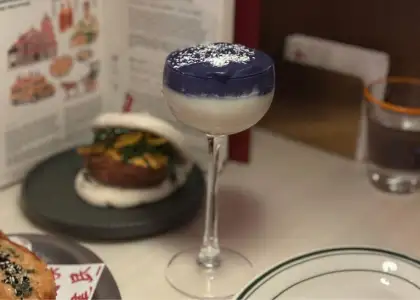
Soft, pillowy bao hugging a fried pork patty with a hint of seasoning. It’s a delightfully perfect savory bite of comfort between sips that will have you ordering a second.
Shrimp Toast (HK$128)

Golden, crisp, and unapologetically rich. The deep-fried bread base gives a satisfying crunch, while the shrimp paste packs umami in every bite. It’s heavier than the bao, but that’s part of its charm — especially when paired with a refreshing cocktail to cut through the richness.
Mango Baijiu Pomelo (HK$58)

This isn’t your typical Hong Kong dessert. The creamy mango base hides a cheeky splash of baijiu, giving it a boozy kick that sneaks up on you. The pomelo adds brightness, making it playful and refreshing — perfect for those who like their sweets with a grown-up twist.
Moutai Cheesecake (HK118)
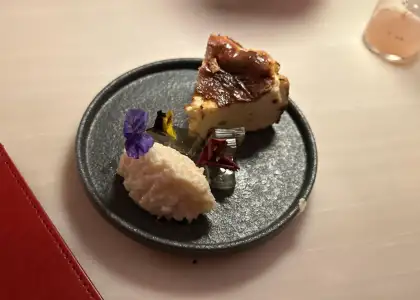
Dense, nutty, and laced with Moutai, this cheesecake is bold. The alcohol lingers on the palate, making this dessert feel indulgent and a little mischievous. It’s the kind of dish that sparks conversation.
What We Liked / Didn’t Like
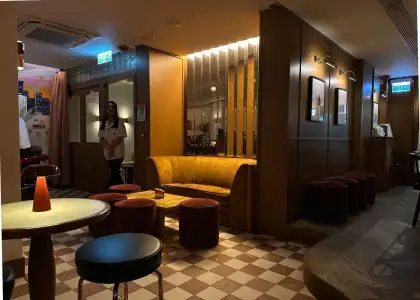
Kinsman delivers on concept and execution. The drinks feel thoughtful and layered — for example, Heart of Gold was the standout for its tropical sweetness balanced by a subtle baijiu kick, while the Shrimp Toast stole the show for its crunch and umami punch, and the desserts were bold and boozy, turning familiar flavors into cheeky grown-up treats.
Beyond the menu items, the design deserves praise. The interior feels cinematic with its red leather booths, checkerboard floors, and the striking hand-painted mural that anchors the bar.
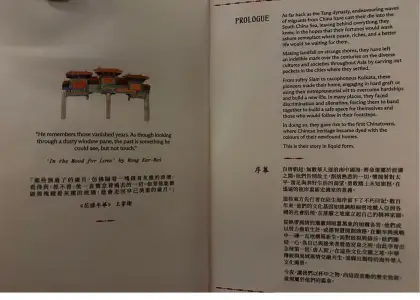
The menu itself is part of the experience: illustrated with vibrant Chinatown scenes and packed with historical context for each chapter. Even the prologue sets the tone, tracing the origins of Chinese migrants back to the Tang dynasty and framing the drinks as “their story in liquid form.” It’s a thoughtful touch that makes every sip feel connected to something bigger than the glass.
What You Should Order

Start with Heart of Gold — it’s the drink that makes you smile and tipsy in equal measure, thanks to its creamy mango base and subtle baijiu kick. Pair it with Typhoon Shelter Fries (HK$78), a playful nod to Hong Kong’s iconic typhoon shelter crab seasoning, for a crunchy, garlicky bite that works well with something refreshing like Miss Joaquim.
If you want to branch out, try Gavin’s favorite of all chapters, the Bloody Boat Maggi (HK$140) — Thai boat noodle twist on the Bloody Mary with customizable spice levels. It’s bold and unexpected, and perfect for the adventurous.
For dessert, go for the Moutai Cheesecake. It’s rich, nutty, and unapologetically boozy — a cheeky way to end the night.
This bar review is based on a complimentary media tasting provided by Kinsman in exchange for a truthful review and no compensation. The opinions expressed within represent the views of the author.
Visit Kinsman's website and follow them on Instagram and Facebook for more information and updates.
Location: Kinsman, 65 Peel Street, Central
Opening Hours: 6PM - 1PM (Monday - Thursday); 6PM - 2PM (Fridays & Saturdays)
Keen for another round? Check out our other Delish Sips reviews here.
Get the latest curated content with The Beat Asia's newsletters. Sign up now for a weekly dose of the best stories, events, and deals delivered straight to your inbox. Don't miss out! Click here to subscribe.



